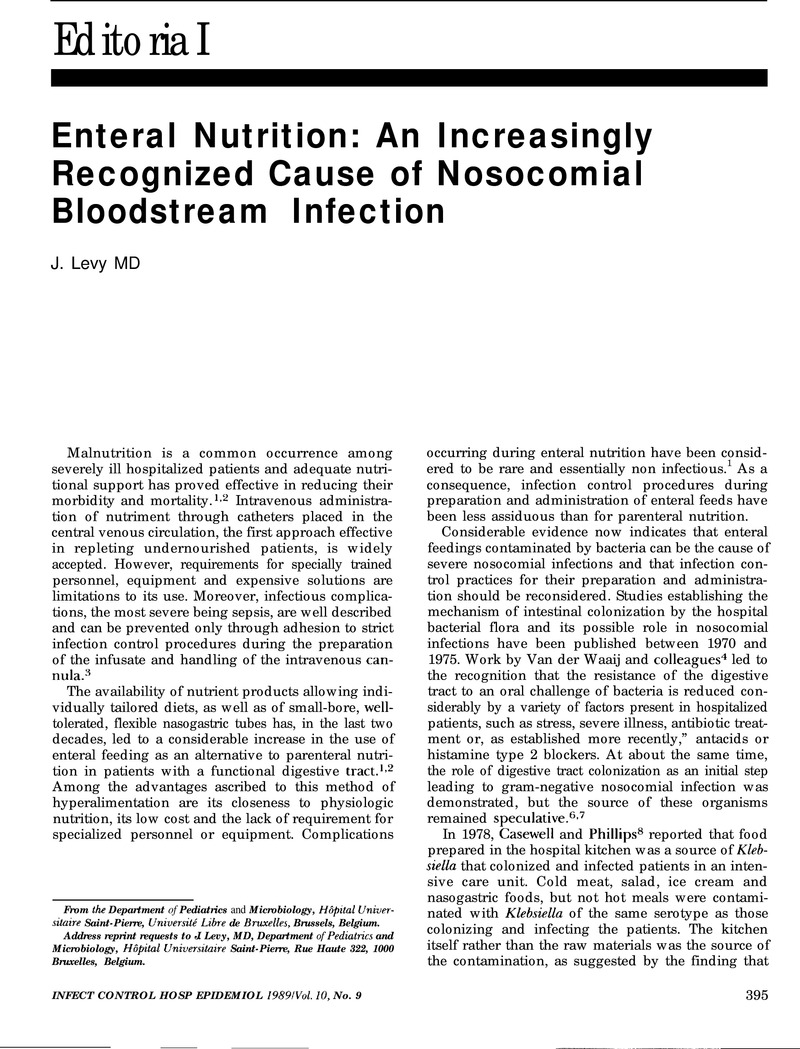Crossref Citations
This article has been cited by the following publications. This list is generated based on data provided by Crossref.
Simmons, Bryan
Trusler, Martha
Roccaforte, Jane
Smith, Philip
and
Scott, Rebecca
1990.
Infection Control for Home Health.
Infection Control & Hospital Epidemiology,
Vol. 11,
Issue. 7,
p.
362.
Mehall, John R.
Kite, Cheryl A.
Saltzman, Daniel A.
Wallett, Traci
Jackson, Richard J.
and
Smith, Samuel D.
2002.
Prospective study of the incidence and complications of bacterial contamination of enteral feeding in neonates.
Journal of Pediatric Surgery,
Vol. 37,
Issue. 8,
p.
1177.
Malcolm, William F.
and
Cotten, C. Michael
2012.
Metoclopramide, H2 Blockers, and Proton Pump Inhibitors: Pharmacotherapy for Gastroesophageal Reflux in Neonates.
Clinics in Perinatology,
Vol. 39,
Issue. 1,
p.
99.





